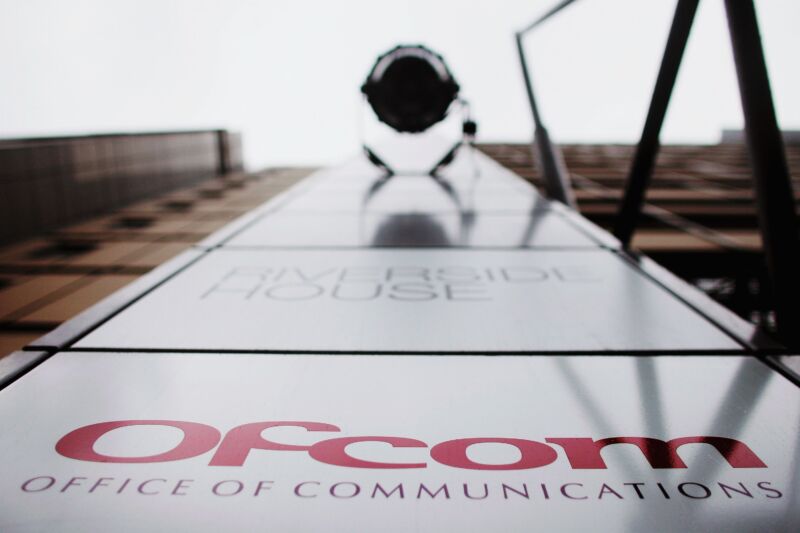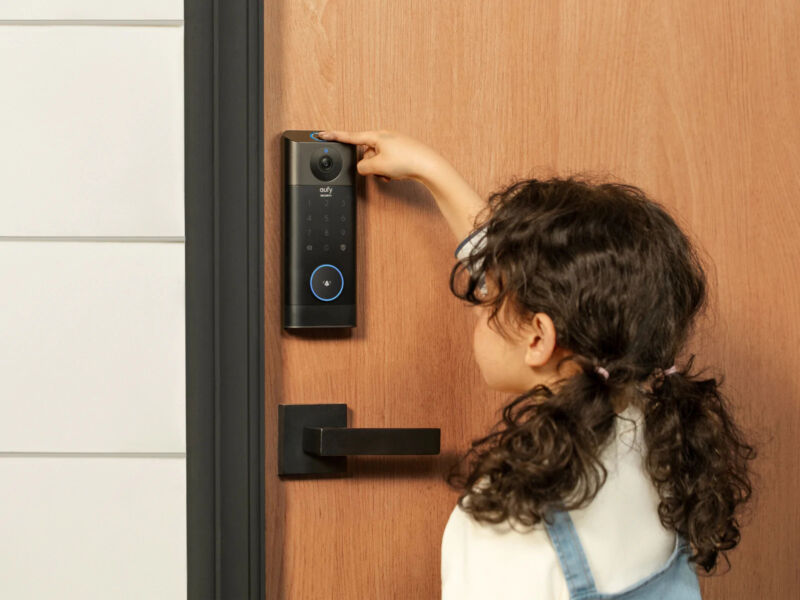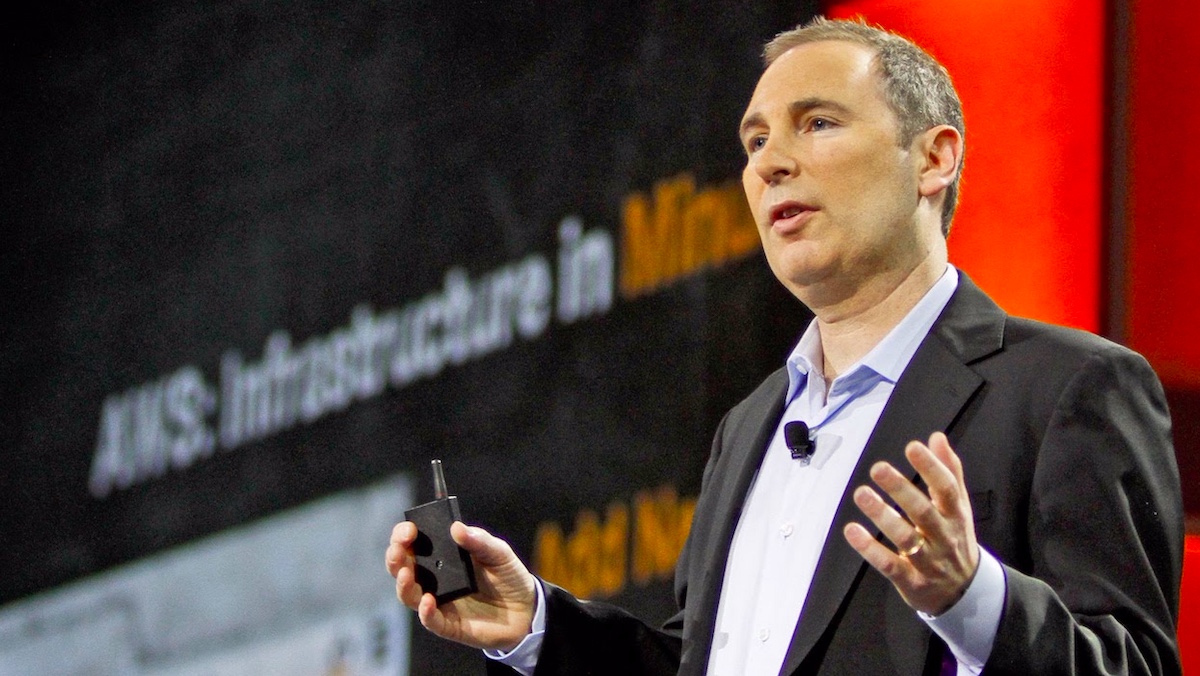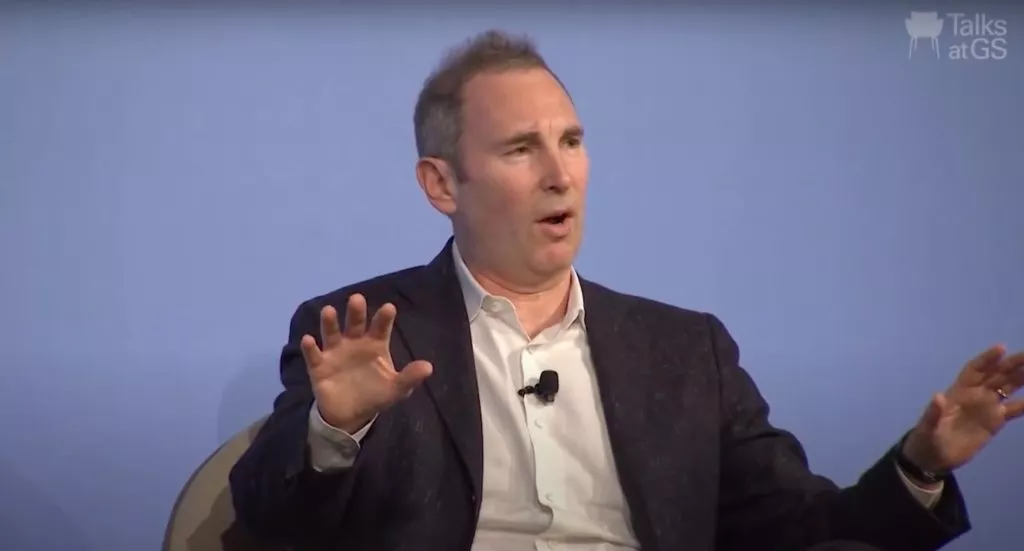-
 chevron_right
chevron_right
Behind the scenes: How we host Ars Technica, part 1
news.movim.eu / ArsTechnica · Wednesday, 19 July, 2023 - 13:00 · 1 minute

Enlarge / Take a peek inside the Ars vault with us! (credit: Aurich Lawson | Getty Images)
A bit over three years ago, just before COVID hit, we ran a long piece on the tools and tricks that make Ars function without a physical office . Ars has spent decades perfecting how to get things done as a distributed remote workforce, and as it turns out, we were even more fortunate than we realized because that distributed nature made working through the pandemic more or less a non-event for us. While other companies were scrambling to get work-from-home arranged for their employees, we kept on trucking without needing to do anything different.
However, there was a significant change that Ars went through right around the time that article was published. January 2020 marked our transition away from physical infrastructure and into a wholly cloud-based hosting environment. After years of great service from the folks at Server Central (now Deft ), the time had come for a leap into the clouds—and leap we did.
There were a few big reasons to make the change, but the ones that mattered most were feature- and cost-related. Ars fiercely believes in running its own tech stack, mainly because we can iterate new features faster that way, and our community platform is unique among other Condé Nast brands. So when the rest of the company was either moving to or already on Amazon Web Services (AWS), we could hop on the bandwagon and take advantage of Condé’s enterprise pricing. That—combined with no longer having to maintain physical reserve infrastructure to absorb big traffic spikes and being able to rely on scaling—fundamentally changed the equation for us.













 A screenshot from Andy Jassy Talk at GS
A screenshot from Andy Jassy Talk at GS
 A Screenshot from Jassy’s Recode interview
A Screenshot from Jassy’s Recode interview